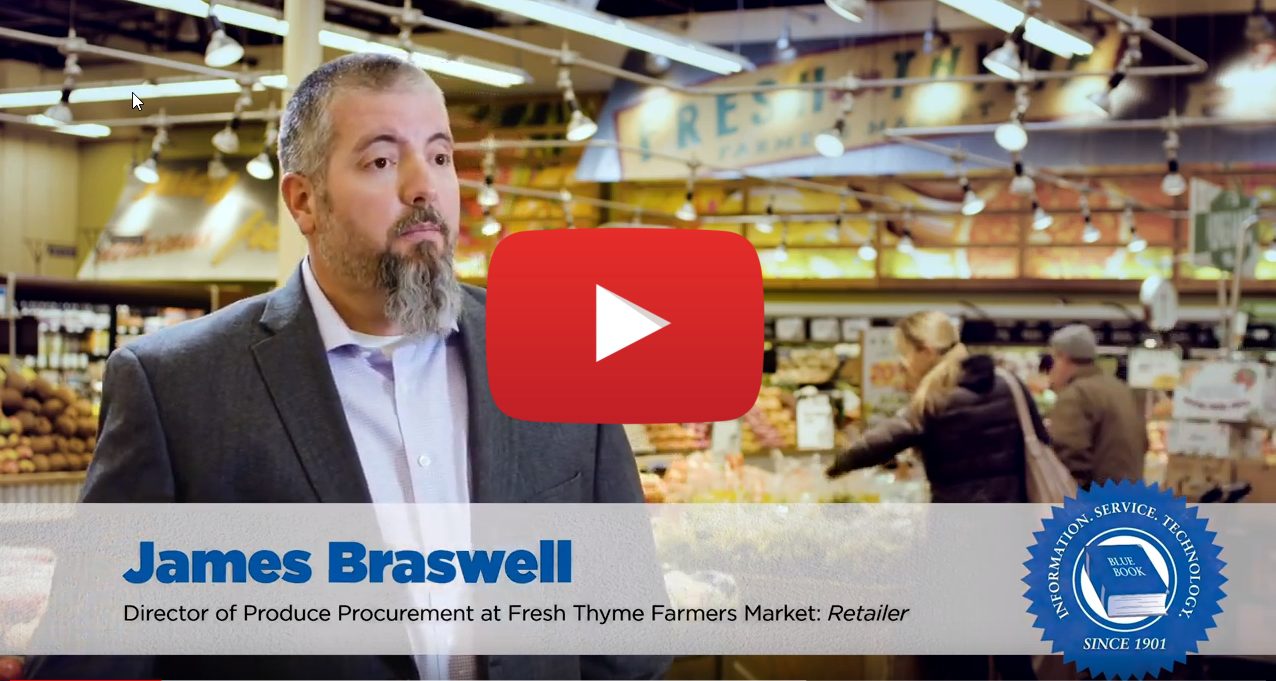Like it or not, produce companies are being challenged to rethink traditional distribution strategies and pro-cesses. Smaller, faster, more frequent fulfillment requirements will likely affect cost dynamics, inventory requirements, and staffing. A consulting project focused on inventory levels and location, customer prioritization, and order sequencing may be needed to align distribution capabilities with evolving customer requirements.
Before embarking on process changes, it is important to step back and analyze sales. Simply stated: Is the market demand for product well understood? The consultant will ask questions about forecast accuracy and order pattern knowledge, then work to ensure that reasonable goals are set.
Here’s another question: Are the right number of facilities in the right locations effectively serving customer demand? In a rapid replenishment environment, poorly located distribution facilities will drive up transportation costs and extend order cycle time.
Within these distribution facilities is another question: Is the right amount of inventory available to satisfy customer requirements? Being in-stock in the right products is necessary to achieve fill rate and on-time delivery targets.
If the questions point to major service problems, the consultant may recommend a network redesign project that would involve adding, expanding, or relocating facilities to improve customer service. If the situation is not severe, then adoption of new forecasting tools, customer segmentation strategies, or inventory realignment can help ensure an organization profitably meets customers’ changing demand patterns and logistics requirements.
Transportation – Ensuring Affordable Capacity
Transportation accounts for more than 60 percent of logistics costs in the United States. The resulting freight bill for produce companies is enough
to create heavy interest in optimized spending. However, any consultant worth his or her salt knows that a narrowly focused cost reduction initiative is risky in a capacity constrained transportation marketplace.
Currently, carriers have the upper hand as there is more freight than they can handle. Hardball rate negotiations by a produce shipper will generate little carrier interest in moving the freight. In other cases, accepted loads may never be picked up if a better opportunity comes along, or a low revenue shipment may not receive a carrier’s best efforts. Hence, a more realistic project charter balances cost reduction, service improvement, and capacity availability targets.
To assess the opportunity for transportation improvement, the consultant will first ask questions about a produce company’s average freight rates, total spending, freight damage and waste, delivery delays, and size of its carrier base. These key performance indicators set the baseline for improvement.



